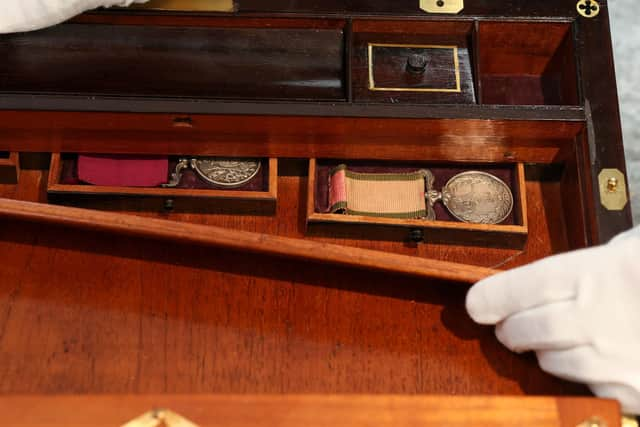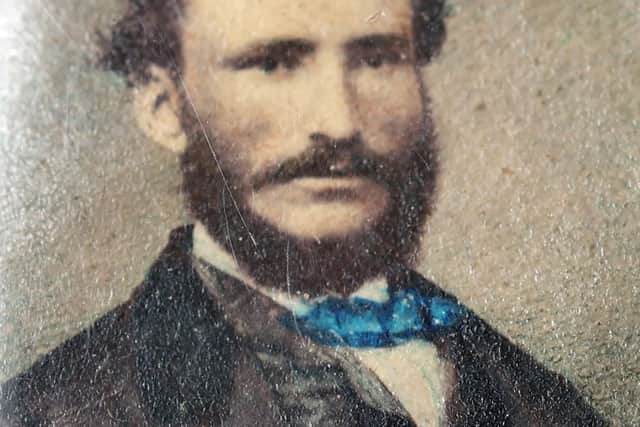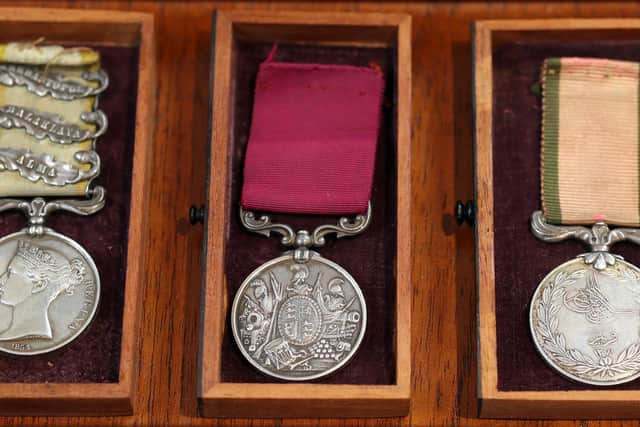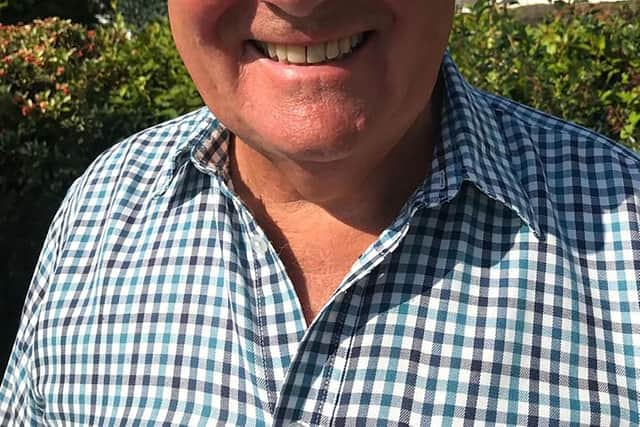'Thin Red Line' soldier's Crimean War medals lay in hidden compartment for 160 years
Pensioner David Grant, 71, from Brixham, Devon, was restoring an antique desk in his loft when he discovered the trove belonging to Armourer Serjeant Edward Webb.
He was part of a two-man deep line of 500 soldiers from the 93rd Sutherland Highlanders, who was proud of his Scottish ancestry despite growing up in London.
Advertisement
Hide AdAdvertisement
Hide AdThe Battle of Balaklava witnessed one of the most famous acts of battlefield bravery, the Thin Red Line, and one of the most infamous blunders in military history, the Charge of the Light Brigade.


The line held against a force of around 2,500 Russian cavalrymen at full gallop in an episode immortalised by historians, writers and artists.
The battle on October 25, 1854 is the stuff of legend.
Serjeant Webb and his comrades were guarding a supply base at the village of Balaklava, when they spotted the Russian cavalry massed on the horizon.
As the enemy galloped towards them, and their Turkish comrades fled in terror, the regiment’s commander Sir Colin Campbell decided he would make no attempt to put a gloss on their likely fate.


"There is no retreat from here, men,” he told them. “You must die where you stand."
Typical of the stoicism of the times, a junior officer quickly replied: “Aye, aye, Sir Colin, if needs be, we’ll do that.”
Sir Colin believed his men were insufficiently trained to form a defensive square and instead marshalled them into two lines. With seemingly little chance of survival, the red tunic soldiers stood firm and met the charge head on, firing two volleys at 500 and 200 yards, bringing hundreds of Russian soldiers crashing to earth and forcing an unlikely retreat.
Witnessing the spectacle, London Times correspondent William Russell wrote that all that remained between the charging Russians and the British regiment's base of operations was "a thin red streak tipped with steel", later paraphrased as "the thin red line" episode.
Advertisement
Hide AdAdvertisement
Hide Ad

It inspired painter Robert Gibb’s oil-on-canvas masterpiece ‘The Thin Red Line’ (1881) which today hangs in the National War Museum in Edinburgh.
Serjeant Webb’s medals were hidden behind a panel in a Victorian writing slope activated by a spring mechanism concealed in a crack in the wood grain which Mr Grant discovered while brushing away cobwebs.
He said: “It was a portal to another world and obviously tremendously exciting. I felt a pulse of electricity shoot through me as the panel popped open and revealed the secret drawers behind.
“It was like a gadget from an old James Bond movie — and then I saw the medals staring up at me along with this man’s photo. His descendants are out there somewhere and it would be wonderful to find them.”


Staff at Baldwin & Sons auctioneers on The Strand in London want to trace his descendants ahead of the medals going under the hammer on September 15
Serjeant Webb returned to civilian life after completing more than 30 years service and his widow later placed his personal effects in the secret drawer for safekeeping.
Mark Smith, medals expert at Baldwin & Sons said: “The courage of Serjeant Webb and his comrades that day has become part of battlefield folklore, and they are rightly lionised in the history books.
“We’ve put a lot of work into trying to find his descendants, but sadly the records which might have helped us have all been destroyed.
Advertisement
Hide AdAdvertisement
Hide Ad“His regiment was headquartered in Scotland but we don’t know what happened to him after he left the army.
“In the meantime, these medals will serve as a fitting reminder of the heroism of that famous day.”
Serjeant Webb’s Crimea Medal, Army Long Service Medal and Good Conduct Medal will be sold along with the writing slope and other items are offered with a guide price of £2,000.
Comments
Want to join the conversation? Please or to comment on this article.